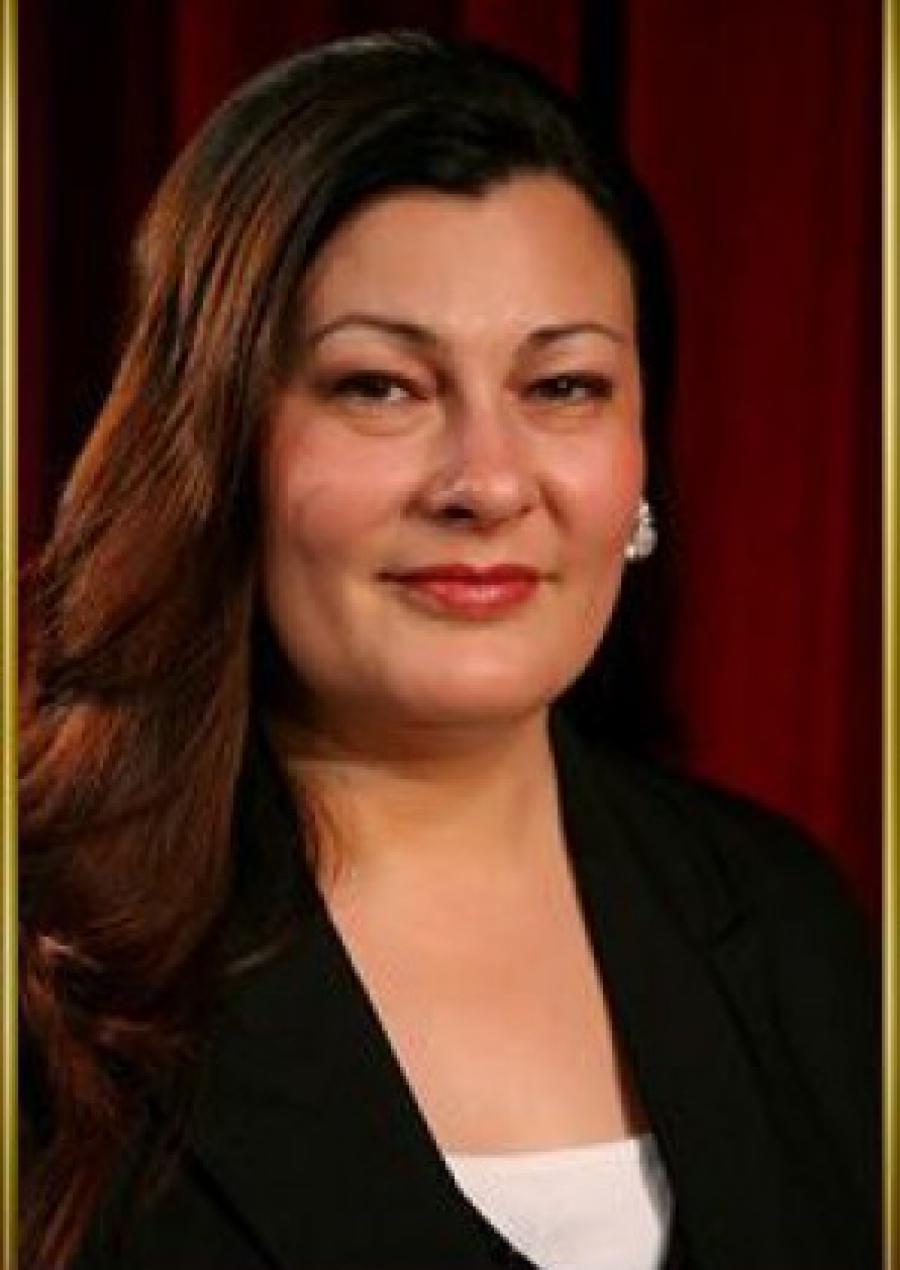On the stage of the Sofia Opera and Ballet is being born a title, which more than 30 years has not been on the playbill of our first opera theatre. This is the opera “Simon Boccanegra” by Giuseppe Verdi, a title, which can be seen not so frequently on other playbills.
I am talking with the stage director Arabela Tănase, who is Artistic director of the Opera in Craiova, Romania. Right at the beginning of our conversation she reminded that both opera theatres are collaborating since four years, when the Sofia Opera was guest-performer at their festival to the name of Elena Teodorini.
To my first question for the way she works on our stage not only with the artistic cast, but also with all other services, she shared that she wishes to herself to create together with them such a spectacle, which to meet everything, which is being done here at such a high level.
- This opera by Maestro Verdi is woven from political intrigues and human dramas, a work, which was born in a complex political time of rise and fall, revolutionary struggles and disappointment, what is your key in this dramaturgy?
- It is known that Maestro Verdi expressed in his operas his hopes and faith in the fight for independence of Italy. This is why his operas are charged with this energy. Together with the set and costume designer Draganescu we were looking for and we found similar moments in the different political ages. So that the political situation, which was moving Maestro Verdi, we are viewing from the position of our time.
We can talk of political games and conspiracies also in our time. At the same time, we must have in mind that human feelings are universal. So that in our conception the hatred, the desire to win the love and the possible reconciliation are the key to find a common way between both societies. The political situation, which Maestro Verdi examines, happens also in our days. Exactly therefore we decided to create a staging, which is not set in a concrete historical age.
- You are working with several soloistic casts. Something, requiring time and different approach. What imports each one of them into the spectacle’s concept?
- Each soloist, of course, has his or her individuality. It is difficult, because I am working with several singers, even with four for one role. This is why every performer has to know what I want to take out of him, surely according to his or her individuality.
I don’t like to create good or bad personages, but in the character to be different nuances. By so many performers each one of them imports his or her own shade into the character, something which enriches the spectacle.
- This opera is not being played often. Complex dramaturgy, especially in the first version. What is the message, if it must be expressed in brief, so that it reaches the contemporary?
- This is the catharsis of the final, a return to the purely human messages. In summary, I shall quote what says Fiesco at the end of the opera.
“All the happiness on this earth is illusory, because the human heart is a never running dry well of misfortunes.”
Everything is in this final of his words.
- How are developed these big human passions on the stage in the concept of the set and costume designer?
- The stage is solved like a spiral of time, in a temporal implied meaning, which comes to life also in the costumes. Such example is Amelia’s costume, in it we rediscover this time spiral. Actually, the directing follows this idea too. On the one hand, the action don’t take place in a concrete historical age. The movement on the stage, the personages and the chorus, the entire action is developing in this spiral movement of the spectacle. The lighting, on its part, reflects each emotion, state.
- For the first time you are guest on our stage. How do you feel?
- This is one of the best equipped stages, which I know. The technical parameters are exceptional. Many West-European theatres have no such on their credit.
Besides, the soloists are outstanding. These are different types of voices from a musical point of view. The most important is that all are so active and the competition gives a high quality. Important is the message to be understood by the audience, the spectators to be content and to inspire our ideas.
 Dr. Magdalena MANOLOVA
Dr. Magdalena MANOLOVA
